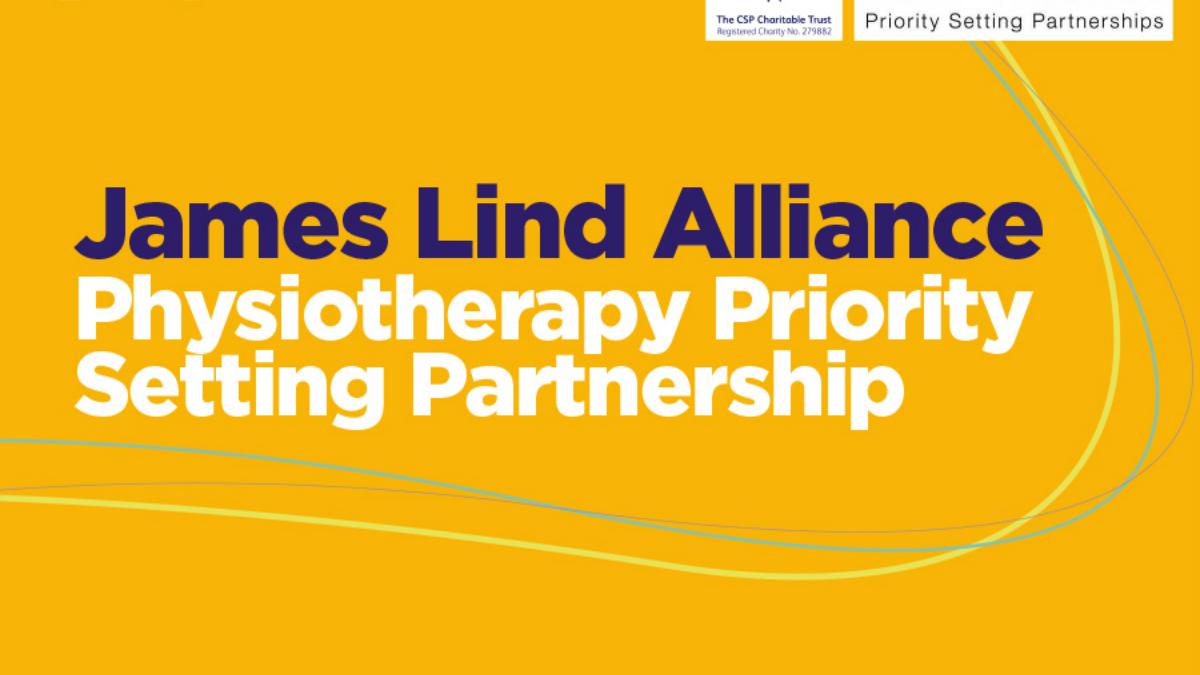The CSP has set out its top 10 research priorities for the next five years with an unprecedented focus on patient feedback.

The priorities, published on 1 March, are questions about physiotherapy that need to be answered through research. They provide a unique insight into what matters most to patients.
To give patients an equal voice in the process, the CSP worked with the James Lind Alliance, part of the National Institute for Health Research, which helps organisations to establish patient-focused priorities.
Out of 2,151 suggested questions, 50 per cent were from patients and 46 per cent from frontline clinicians.
The CSP’s research priorities project, undertaken in 2017, was its most public-engaged consultation about future research. The new priorities replace a 2010 version which was more condition-specific.
‘They are not just about treatments, but about how services are accessed and delivered, workforce development and public health’ said CSP research adviser Gabrielle Rankin.
This approach was taken to reflect the needs of an ageing population, often with multiple long-term conditions, the shift to delivering physiotherapy in a range of settings, such as primary care, and the greater need for patient self-management.
‘We feel really confident that for the next five years we are focusing on physiotherapy research that is of most use to patients,’ said Ruth ten Hove, the CSP’s head of research and professional development.
‘We would hope physiotherapy researchers will embed these priorities in their research applications. This will put them in a stronger position to bid for research and we will get more evaluation of physiotherapy.’ ’
Top Ten Priorities
The CSP’s top 10 research priorities are:
- When health problems are developing, at what point is physiotherapy most/least effective for improving patient results compared to no physio-therapy? What factors affect this?
- When used by physiotherapists, what methods are effective in helping pa-tients to make health changes, engage with treatment, check their progress, or manage their health after discharge?
- What are the best ways to deliver physiotherapy services to meet patients' needs and improve outcomes for patients and services?
- To stop health problems occurring or worsening, what physiotherapy treatments, advice or approaches are safe and effective? Where more than one treatment/approach works, which work best and in what dose?
- What are patients' expectations regarding recovery, how do these compare to physiotherapists' views and, where recovery is not possible, how is this managed?
- How does waiting for physiotherapy affect patient and service outcomes?
- What parts of physiotherapy treatments cause behaviour change or physi-cal improvement?
- What approaches are effective for enabling parents, relations or carers to support physiotherapy treatment or to help patients to manage their own health problem?
- How is patient progress and/or the results of physiotherapy treatment measured? How is service performance measured and checked?
- How can access to physiotherapy be improved for groups who have re-duced access?
Find Out More
Number of subscribers: 0



































